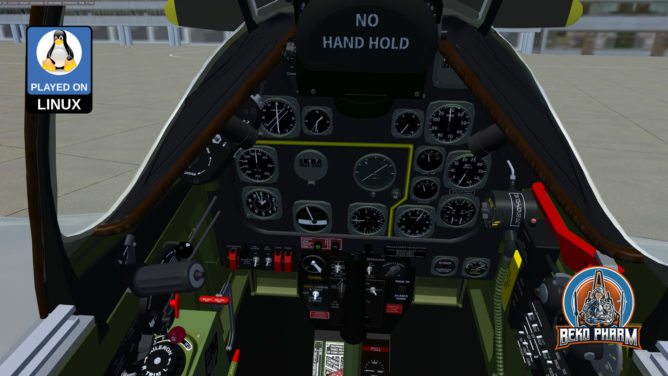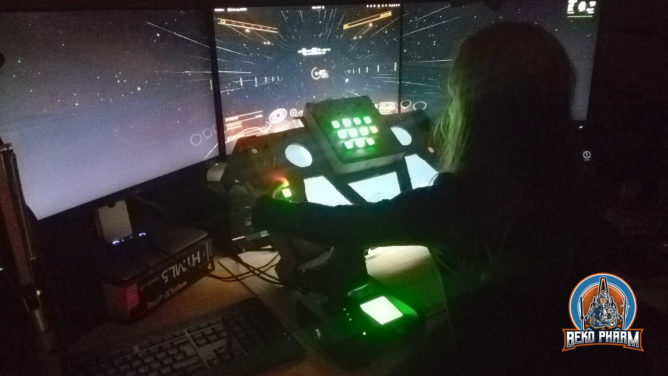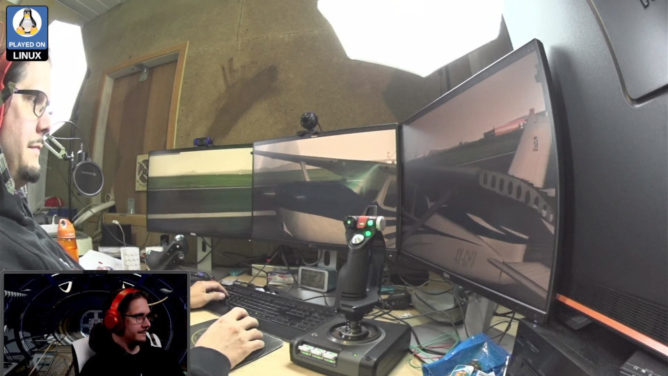One of my first experiences with #FlightGear was trying to get a P-51 into the air after getting comfortable with the Cessna. There is no special reason for this beside that it simply was one of my first plane models I got as a child. It’s not like I did know anything about this plane or avionics at all. It simply looked good so I went with it.
And I failed miserable on my first try. The P-51 was build for war and has like nothing in common with the set of controls I started to get comfortable with. Not that I know much about avionics to begin with, I mean. Anyway, YouTube to my aid: There is a wonderful channel named “Kermit Weeks” that I stumbled over when looking for answers and I found em here: https://www.youtube.com/watch?v=4z1Z-WEZZGM
After watching all three parts I finally managed to get one off the ground in #FlightGear – felt really good about it and… forgot about it again.
Until the YouTube algorithm decided to come back at me today and showed me https://animagraffs.com/how-a-p-51-mustang-works/ where it is explained in great detail how the P-51 Mustang actually works. There is a list of errata on the pinned comment on YouTube but after all this is a really high quality animated description of the plane and it’s workings.
I highly recommend to watch both pieces if you’ve only the slightest interest in planes or wartime history.





























